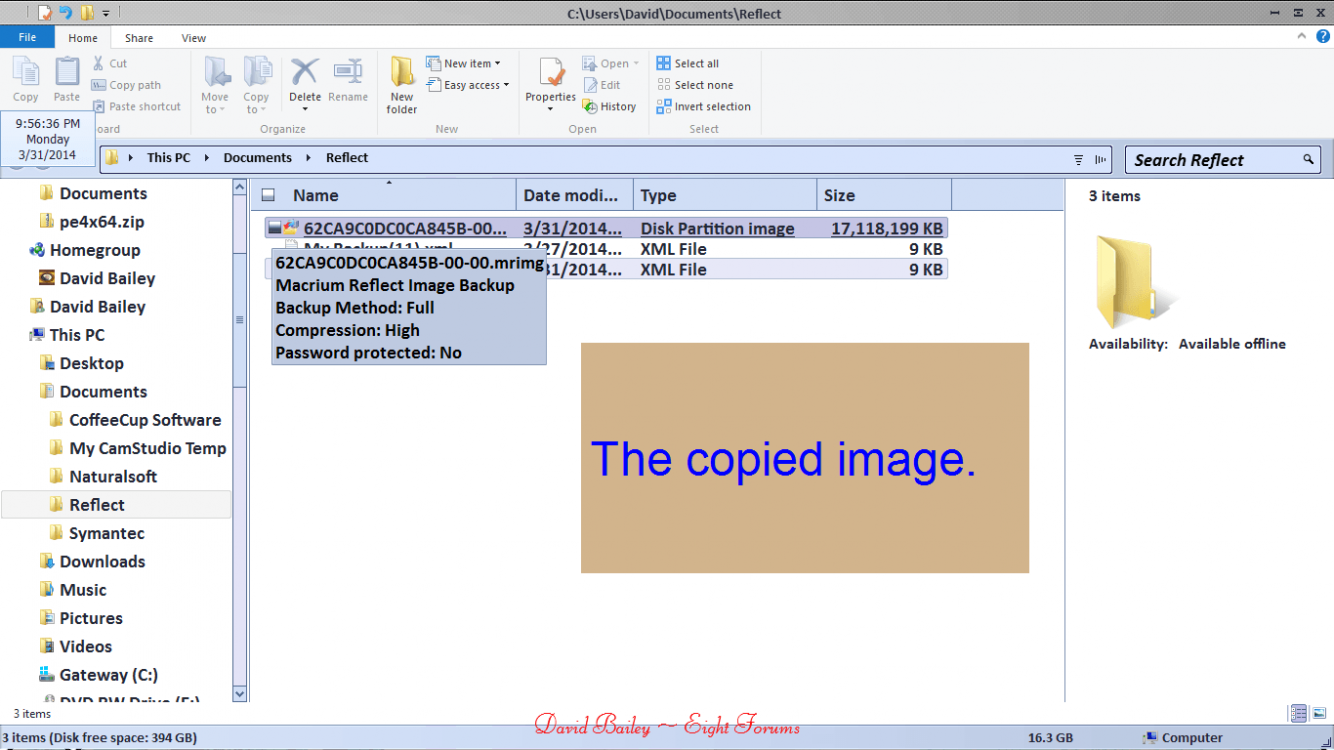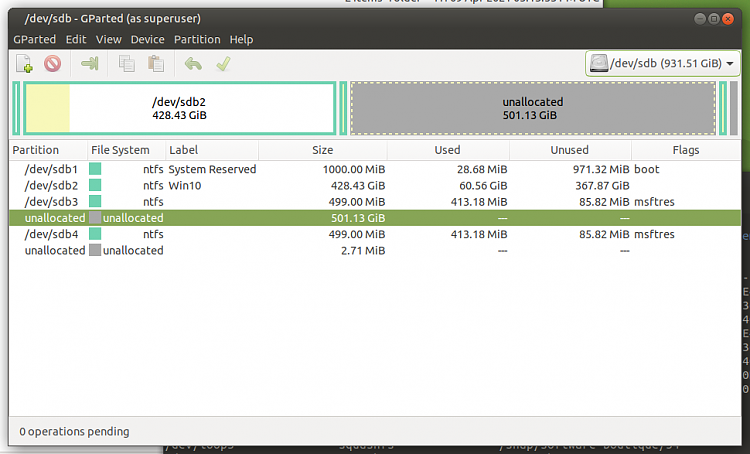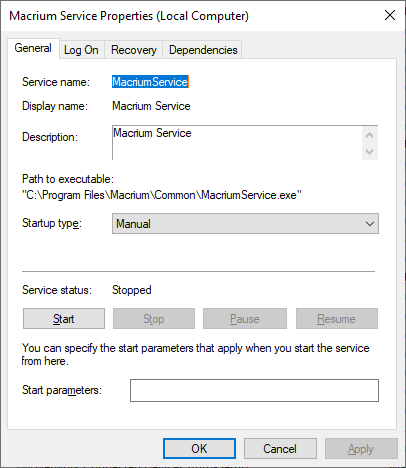
Start Reflect, take the ‘Other Tasks’ menu option and select ‘Create a bootable Rescue CD’ The wizard opens and In the wizard window, select ‘ Windows PE 2.0' and click ‘Next’. Macrium Rescue Media is a bootable rescue CD or USB flash drive that can be used to restore your system in the event of a catastrophic software failure.We need to create an image of the bootable CD so we can transfer the contents to the USB stick. Use DiskPart to set the partition on the USB drive 'Active'.Image files can be stored on the rescue media. Note: If you receive a message saying ‘Windows was unable to complete the format’ then in some cases the format has actually finished and this message can safely be ignored. However, there are a few technical details that can make creating USB boot media more complex than CD media.evice types USB media exist in two types. It’s best to leave the ‘Quick Format’ option un-checked. Make sure that FAT32 or NTFS is selected as the file system.Open ‘My Computer’, right click on your USB drive and select properties.Make sure your USB stick is formatted as FAT32 or NTFS. In this tutorial I'll show you the simple steps required to create a USB stick that boots into the Macrium Reflect Windows PE Rescue Environment. The partition boot sector is created when the file system is formatted. The BCD is used to boot Windows PE and all flavours of Windows with the Vista kernel and later. At present, Macrium Reflect provides the ability to Create a Rescue Environment.

Windows Vista/7 creates different partition boot sector code that's compatible with the Boot Configuration Data ( BCD).


The partition must be formatted using Windows Vista/7.


 0 kommentar(er)
0 kommentar(er)
